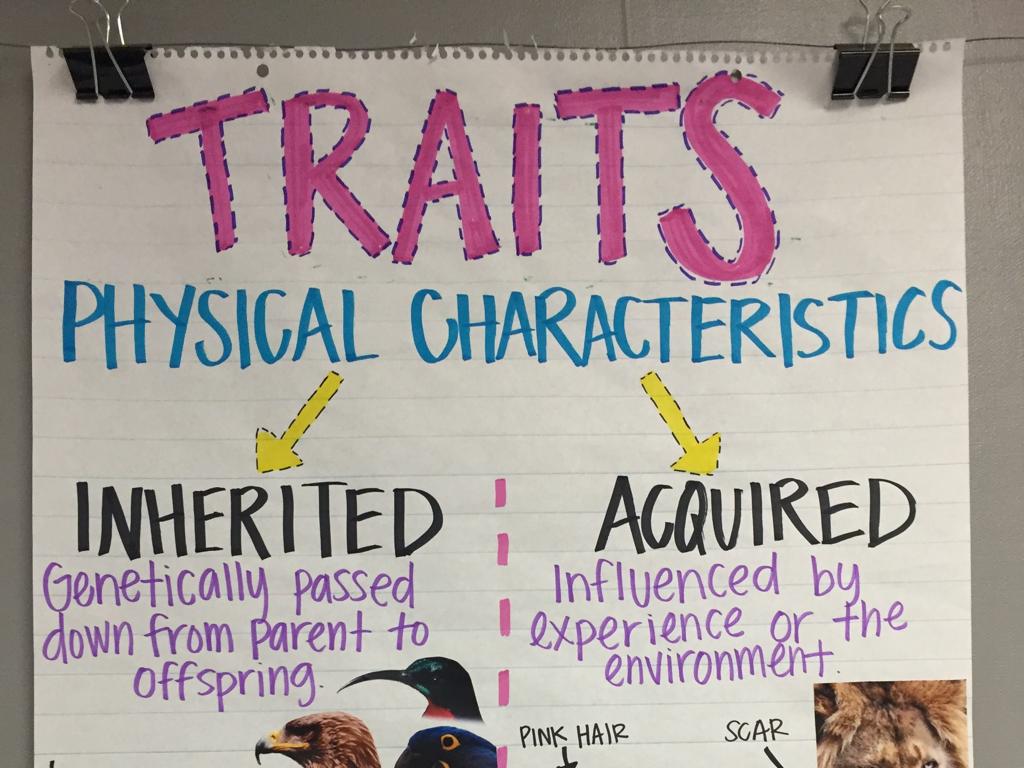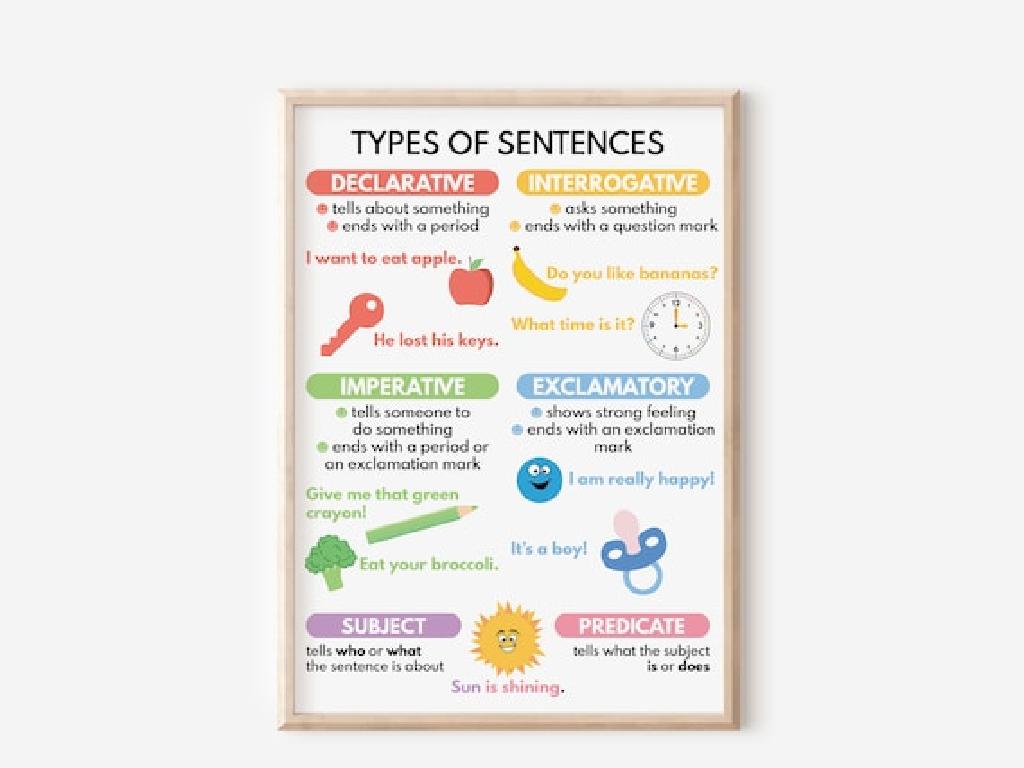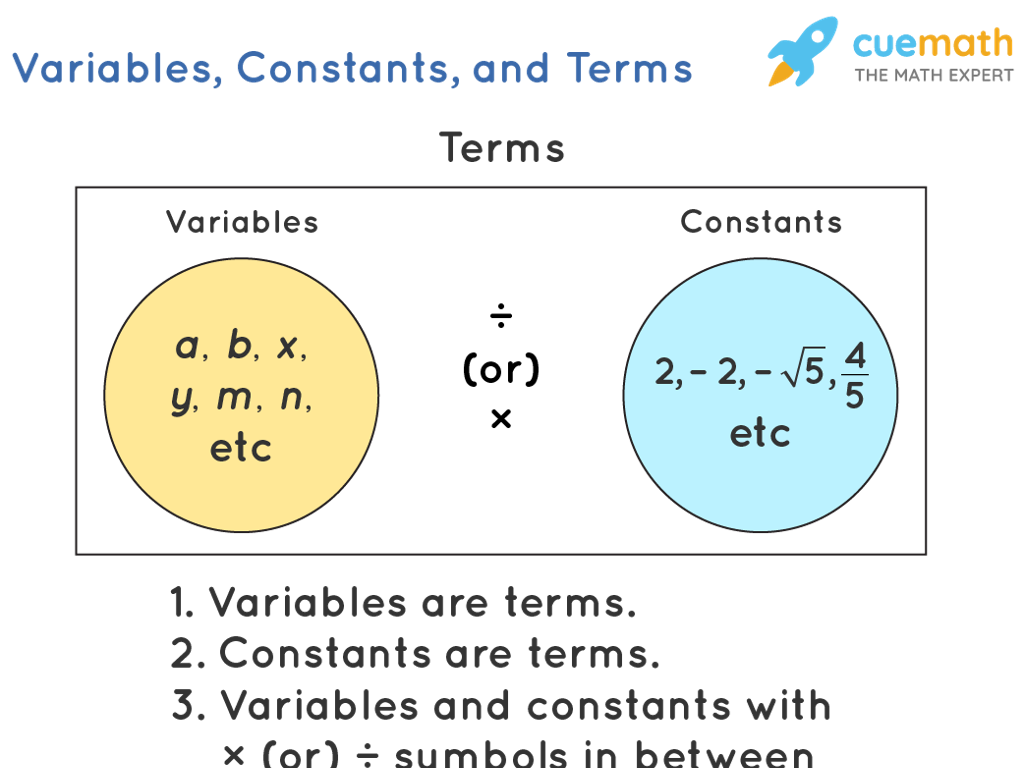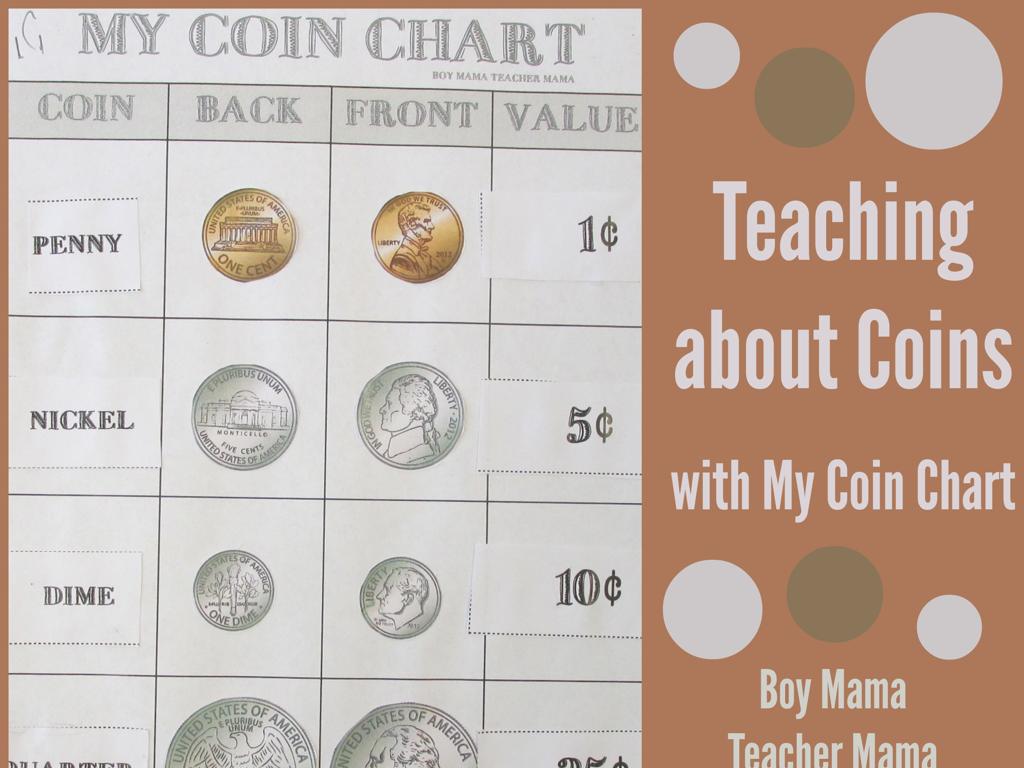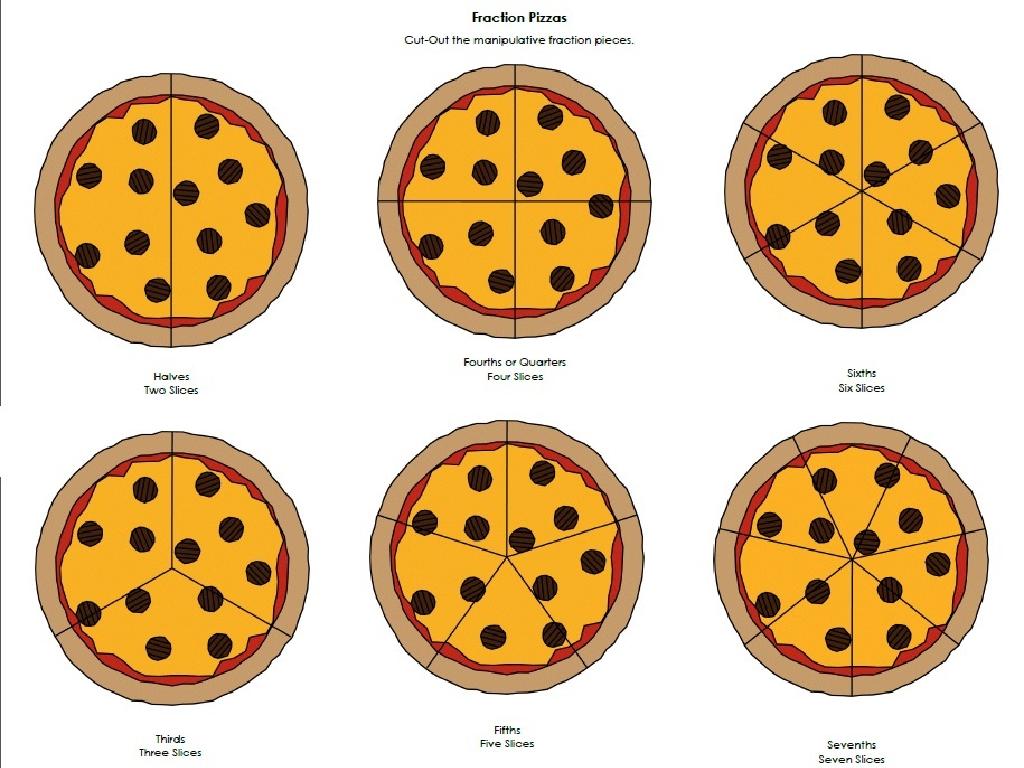Two-Step Multiplication And Division Word Problems
Subject: Math
Grade: Third grade
Topic: Two-Step Word Problems
Please LOG IN to download the presentation. Access is available to registered users only.
View More Content
Mastering Two-Step Word Problems
– Grasping two-step problems
– Two-step problems require two operations to solve.
– Applying multiplication & division
– Use times and divide to find answers.
– Significance in math & life
– Skills for school, shopping, cooking, etc.
– Class activity: Solve & Share
– Find solutions and explain your thinking.
|
This slide introduces students to the concept of two-step word problems, which are mathematical problems that require two separate operations to solve. Emphasize that understanding the order of operations is key. Provide examples that involve both multiplication and division to illustrate how these operations are used in tandem to find solutions. Highlight the relevance of these skills in everyday life, such as calculating total costs while shopping or dividing a recipe into portions. For the class activity, students will work on sample problems and then share their solutions and thought processes with the class. This will help reinforce their understanding and allow them to practice explaining their reasoning, which is a critical skill in math.
Understanding Two-Step Word Problems
– Define Two-Step Word Problem
– A math question that requires two operations to solve, like adding then dividing.
– Examples from daily life
– Buying fruits: calculate total cost and then divide to share equally.
– Read problems with attention
– Look for keywords and numbers to understand what to do first and next.
– Why careful reading matters
– Avoid mistakes by understanding the problem before solving.
|
This slide introduces students to the concept of two-step word problems, which are common in math and require performing two separate operations to find the solution. Use relatable examples such as shopping or dividing treats to illustrate how these problems appear in everyday life. Emphasize the importance of reading the problem carefully to identify the operations needed and the order in which to perform them. Encourage students to highlight or underline key information and to always double-check their understanding before starting calculations. This foundational skill will help them tackle more complex math problems in the future.
Step 1: Multiplication in Two-Step Problems
– Identify multiplication clues
– Look for words like ‘in total’, ‘each’, ‘groups of’
– Solve the first step with multiplication
– Use multiplication for combining equal groups
– Class practice example
– We’ll multiply together in a practice problem
|
This slide introduces the concept of identifying and solving the multiplication part of a two-step word problem. Start by explaining key vocabulary that signals multiplication, such as ‘total’, ‘each’, or ‘groups of’. Demonstrate how to use multiplication to combine equal groups in the context of a word problem. For example, if there are 4 bags with 5 apples each, we multiply 4 (bags) by 5 (apples per bag) to find the total number of apples. Engage the class with a practice problem, guiding them through the multiplication step. This will prepare them for the next component of two-step problems, which may involve division or another operation.
Step 2: Solving Division in Word Problems
– Identify division in problems
– Look for words like ‘shared equally’, ‘per’, ‘each’, or ‘split into groups’.
– Use division for the second step
– After multiplying, divide to find the answer to the problem.
– Class practice example
– Let’s solve a problem together as a class!
|
This slide focuses on the division aspect of two-step word problems. Start by explaining key phrases that typically indicate division in word problems, such as ‘each’, ‘per’, or ‘split into groups’. Then, demonstrate how to use division as the second step after multiplication to solve a problem. For the class practice example, present a problem that requires students to apply both multiplication and division to find the solution. For instance, ‘If 3 packs of pencils have 12 pencils each, and they are shared equally among 4 students, how many pencils does each student get?’ This exercise will help solidify their understanding of the process and the sequence of operations in two-step problems. Provide guidance and support as they work through the example.
Putting It All Together: Multi-Step Problems
– Combine multiplication & division
– Read carefully to determine order
– Identify keywords to figure out which operation to use first.
– Group practice with guided example
– Example: If 3 packs of stickers have 12 in each, how many stickers are left after giving away 10?
– Understand through collaboration
|
This slide aims to integrate the concepts of multiplication and division into two-step word problems. Students should be encouraged to read the problem thoroughly and look for keywords or phrases that indicate which mathematical operation to perform first. During group practice, use a guided example to walk through the problem-solving process step by step. This collaborative approach allows students to discuss their thought process and learn from each other. The teacher should circulate the room, providing support and ensuring that each group understands the concept. Possible activities include solving different word problems in small groups, using manipulatives to visualize the problem, or creating their own two-step problems to challenge classmates.
Let’s Practice Two-Step Problems!
– Solve practice problems individually
– Pair up to compare solutions
– Share your answers with a classmate and see if you both agree
– Discuss various solving methods
– Talk about how you solved the problems. Did you use drawings, counting, or multiplication?
– Reflect on the learning process
– Think about what strategies worked best for you
|
This slide is designed to engage students in active practice of two-step multiplication and division word problems. Start by having students work on individual problems to apply their understanding independently. Then, encourage collaboration by pairing students to share and compare their solutions, fostering peer learning. Facilitate a class discussion on the different methods used to solve the problems, highlighting the value of diverse problem-solving strategies. Conclude with a reflective session where students can consider which methods worked best for them, reinforcing metacognitive skills. Provide guidance and support throughout the activity, ensuring each student feels confident in their approach to solving two-step word problems.
Class Activity: Word Problem Scavenger Hunt
– Find hidden word problems
– Solve in small groups
– Use multiplication or division as needed
– Discuss solutions together
– Think about the steps you take to solve
– Share with the class
|
This interactive activity is designed to engage students in solving two-step word problems through a fun scavenger hunt. Hide word problems around the classroom before the class starts. Divide the class into small groups, and assign each group to find and solve a set of problems. Encourage students to work together, discussing their strategies and solutions. After solving, each group will present their problems and how they solved them to the entire class. This will help students learn from each other and understand different approaches to solving two-step word problems. Possible activities could include problems based on real-life scenarios like shopping, cooking, or sharing, tailored to their level of understanding.
Wrapping Up: Practice Makes Perfect!
– Review of two-step problems
– Practice is key to mastery
– Just like sports, math needs practice too!
– Homework: Two-step challenges
– Solve provided word problems at home
– Bring questions next class
|
As we conclude today’s lesson on two-step multiplication and division word problems, it’s crucial to emphasize the importance of practice. Reinforce the strategies learned in class by assigning homework that includes a variety of two-step word problems. This will help students solidify their understanding and prepare them for more complex problems in the future. Encourage students to attempt the homework independently but remind them to bring any questions they have to the next class for clarification. The homework should be a mix of multiplication and division problems, ensuring a comprehensive review of the day’s lesson.

